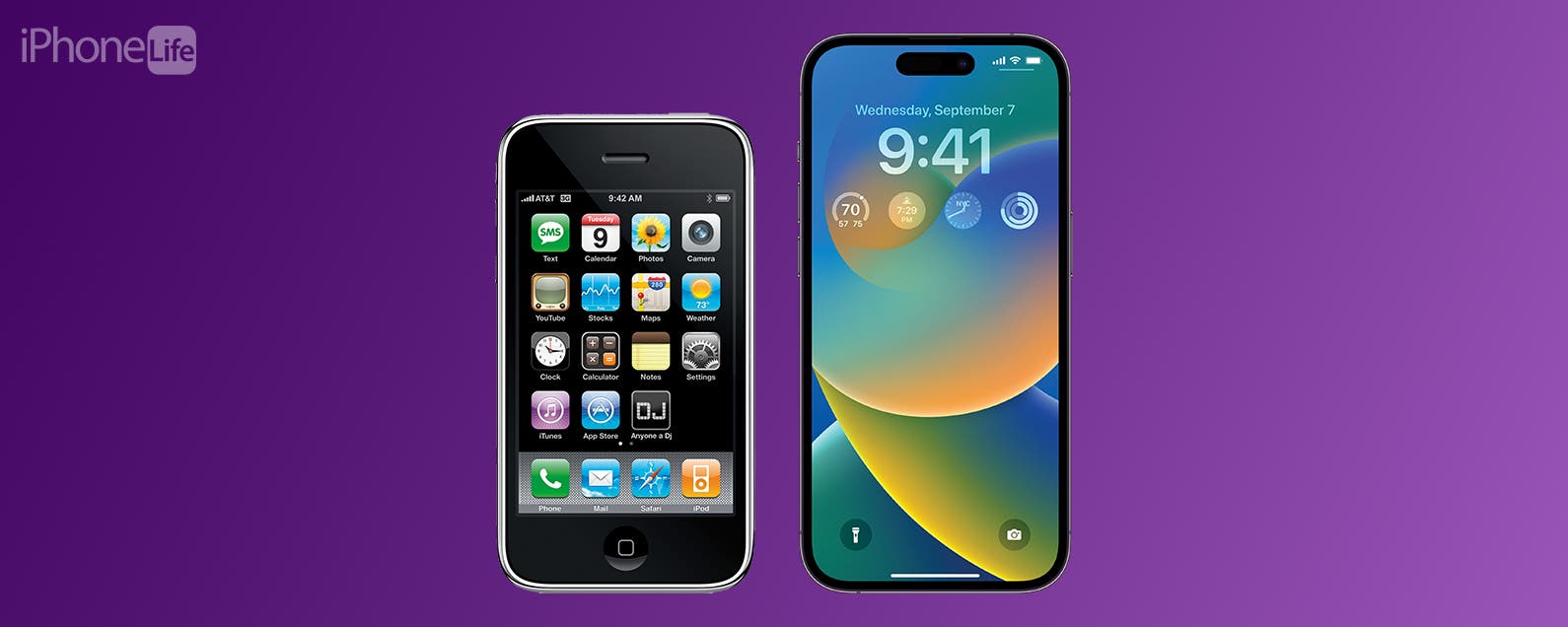
How Much Does It Cost to Build an iPhone? A Comprehensive Guide
In today’s digital age, smartphones have become an indispensable part of our lives. Among these, the iPhone stands out as a symbol of innovation and technological prowess. But have you ever wondered about the intricacies and costs involved in crafting these sleek devices? In this article, we will delve into the fascinating world of iPhone manufacturing, uncovering the intricate processes and substantial expenses behind the creation of each iconic handset.
Apple, the mastermind behind the iPhone, has established a sophisticated global supply chain to source components and assemble these devices. From raw materials to finished products, a multitude of factors contribute to the overall cost of iPhone production.
Components and Manufacturing Costs
The heart of an iPhone lies in its intricate array of components, each playing a crucial role in its functionality. Key components like the display, processor, camera, and battery account for a significant portion of the manufacturing costs.
The display, often the most prominent and expensive component, requires specialized materials and manufacturing techniques to achieve its high resolution and responsiveness. The processor, responsible for powering the device, is another costly element, demanding advanced semiconductor technology. Additionally, the camera module, with its intricate lens systems and sensors, adds to the expense. Last but not least, the battery, essential for providing sustained power, also contributes to the overall production costs.
Assembly and Labor
Once the components are meticulously crafted, they must be assembled into the sleek form factor we recognize as an iPhone. This process, demanding precision and specialized equipment, is carried out in advanced manufacturing facilities.
Highly skilled technicians meticulously assemble each device, ensuring flawless integration of the various components. Labor costs, particularly in countries with higher wages, can significantly impact the overall manufacturing expenses. Additionally, Apple maintains strict quality control measures, further adding to the production costs.
Research and Development
Innovation and technological advancements are the driving forces behind the iPhone’s success. Apple invests heavily in research and development (R&D), constantly pushing the boundaries of mobile technology.
From conceptualization to prototyping and testing, R&D requires a substantial investment in human capital, cutting-edge laboratories, and state-of-the-art equipment. Apple’s commitment to innovation contributes significantly to the overall cost of iPhone production.
Marketing and Advertising
Once the iPhones are meticulously crafted, they must be introduced to the world. Apple’s marketing and advertising campaigns are legendary, capturing the attention of consumers worldwide.
From captivating commercials to strategic partnerships, Apple spares no expense in showcasing the iPhone’s capabilities and generating excitement among potential buyers. These marketing expenses play a crucial role in shaping consumer perception and driving demand.
Distribution and Logistics
The final step in the iPhone’s journey from factory to consumer is distribution and logistics. Apple has established a complex network of distributors, retailers, and logistics providers to ensure seamless delivery to customers around the globe.
Transportation costs, inventory management, and retail partnerships all contribute to the overall expenses associated with getting the iPhone into the hands of eager users. Apple’s commitment to providing a premium customer experience further adds to these costs.
FAQs on iPhone Production Costs
Q: What is the approximate cost to build an iPhone?
A: The exact cost to build an iPhone varies depending on the model and its components. However, estimates suggest that the manufacturing costs alone can range from $200 to $400 per device.
Q: Where are iPhones primarily manufactured?
A: Apple has partnered with manufacturing facilities primarily located in China, particularly in the cities of Zhengzhou and Shenzhen. These facilities offer a skilled workforce and efficient production capabilities.
Q: How does Apple control costs while maintaining high quality?
A: Apple leverages its massive scale and strategic partnerships with suppliers to negotiate favorable pricing. Additionally, the company optimizes its supply chain and manufacturing processes to reduce waste and enhance efficiency.
Q: How do component costs impact the overall price of an iPhone?
A: Component costs, especially for cutting-edge technologies such as displays and processors, can significantly influence the overall price of an iPhone. Apple’s quest for innovation often pushes the boundaries of hardware capabilities, leading to higher component expenses.
Q: What are the key factors contributing to the high cost of iPhone production?
A: Several factors contribute to the high cost of iPhone production, including the use of premium materials, advanced components, skilled labor, extensive R&D, sophisticated marketing, and complex distribution networks.
Conclusion
The cost to build an iPhone is a testament to the intricate processes, extensive research, and global supply chain involved in creating these cutting-edge devices. Apple’s steadfast commitment to innovation, quality, and customer experience is reflected in the substantial investments made throughout the iPhone’s production journey.
As we look ahead, the pursuit of technological advancements and the changing landscape of the smartphone market will undoubtedly continue to shape the costs associated with iPhone production. Nevertheless, Apple’s unwavering dedication to delivering exceptional user experiences will likely remain a constant driving force behind the costs and innovations that shape the future of the iPhone.

Image: appinventiv.com

Image: www.iphonelife.com
iPhone 14 Pro vs Samsung S22 Ultra: which is best for photographers? – Amateur Photographer It can be difficult to imagine spending a day, or even a bathroom break, away from them. Apple’s iPhone family is very prominent among the smartphone-owning population, with Statista reporting